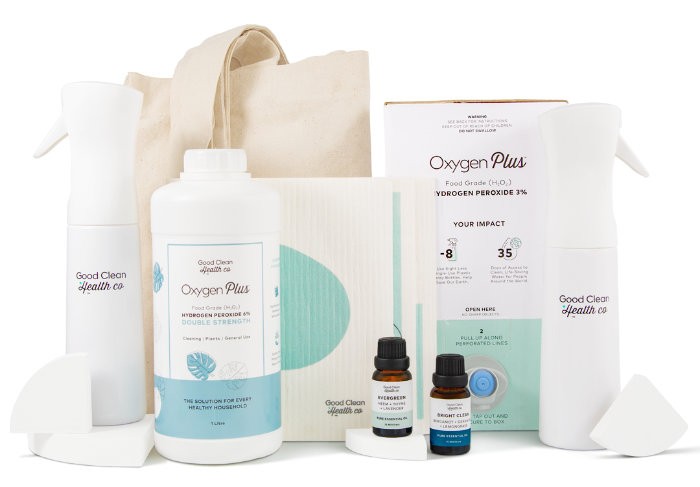Eliminate Plant Root Rot

Root rot is a disease that attacks the roots of plants growing in wet soil. Root rot usually develops when plants are growing soils that are too dense for the water to drain out efficiently, are in containers that lack sufficient drainage holes, or are being overwatered. Prolonged exposure to excess water causes waterlogging, which interferes with aeration of the roots and leads to low oxygenation and decay. Excess water also provides the perfect environment for another common cause of root rot: fungus. The first symptoms of root rot usually occur beneath the soil so gardeners are often not aware that there is a problem until the disease is advanced. Plants with root rot will eventually start showing signs, such as yellow leaves or stunted growth. If you notice those changes, it’s advisable to immediately take action to prevent your plants from perishing.
Simply follow these steps:
- 1
In a watering can mix a 1:1 – 2:1 ratio of water to Hydrogen Peroxide 3% – Oxygen PlusTM .
- 2
Apply directly to the soil.
- 3
Do not apply to the leaves, as it may burn them.
Since the disease spreads through the soil, many people think that the only root rot remedy is to remove and destroy the plant. Thankfully, that’s not always the case. By applying [hpplants] to your plants’ soil, you can successfully eliminate suborn root rot and bring your plants back to life. Hydrogen peroxide kills root rot-causing bacteria and fungi and restores the oxygen balance in the soil which boosts your plants’ growth and health.
Due to its chemical similarity to water, hydrogen peroxide is one of the safest chemicals you can use in the garden to combat root rot. In fact, hydrogen peroxide is naturally found in rainwater and helps fend off destructive fungi, insects, and weeds. Containing no chlorine, alcohols, acids, or other dangerous chemical additives found in traditional fungicides, hydrogen peroxide is non-toxic, environmentally friendly, and biodegrades completely into just oxygen and water.

